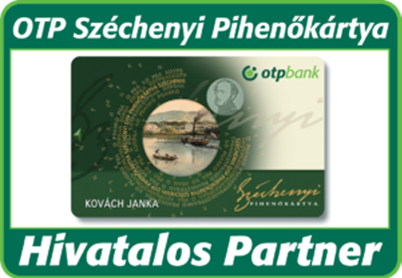Buda Castle
The winding, cobbled streets and shady promenades of the Castle District lead past Baroque buildings, Habsburg monuments and charming cafés, including the 19th-century Ruszwurm Confectionery. The main sights include the Buda Castle, which was demolished and rebuilt several times over the centuries and is now home to the Hungarian National Gallery and the Budapest History Museum. The small towers and terraces of the Fisherman’s Bastion offer views of the Danube and the nearby Matthias Church.
The area of the Castle District is closed to car traffic. From the north, from Széll Kálmán tér by bus 16, 16A, 116 and 916, or on foot, from the west, from Attila út on foot and by elevator, from the south, from Tabán on foot, and from the east by 16 , Buses 16B and 916 and the cable car to Toldy, the University Catholic Grammar School and the Fisherman’s Bastion on foot.
The Buda Castle District (German: Ofener Burgviertel) is a part of the 1st district of Budapest called Vár, an ancient area of the city of Buda. It has been on the UNESCO World Heritage List since 1987 as the Buda Castle District. The castle hill, located about 60 meters above the Danube, was a historically good strategic position, IV. King Béla built his fortress here after the Tartar invasion, and Matthias Hunyadi the capital of his kingdom. It is one of the most visited areas in the city, thanks in particular to its well-preserved heritage. Significant traffic restrictions have been achieved in the area with the introduction of tolls. Its road network is characterized by narrow streets lined with medieval old colorful civic houses. There are many medieval monuments in the area, as well as 17-18. century residential houses and public buildings. The three main parts of the Buda Castle District are the Buda Castle Palace, St. George’s Square (also known as the Buda Palace District) and the historical residential area. Although the castle quarter was almost completely destroyed twice (during the recapture of Buda and in World War II), it has survived to this day. The quarter unfolded from the old city center of Buda, which now stretches from the Vienna Gate to St. George’s Square.
One of the residential and tourist hotspots in Budapest, with some folk art shops and art galleries. The Budavár Palace, the Fisherman’s Bastion, the Matthias Church, the Collegium Budapest in the Old Town Hall of Buda, the National Széchenyi Library and the Sándor Palace of the President of the Republic of Hungary are located in this district. The Budavár cable car provides a connection between the district and the Danube bank.





